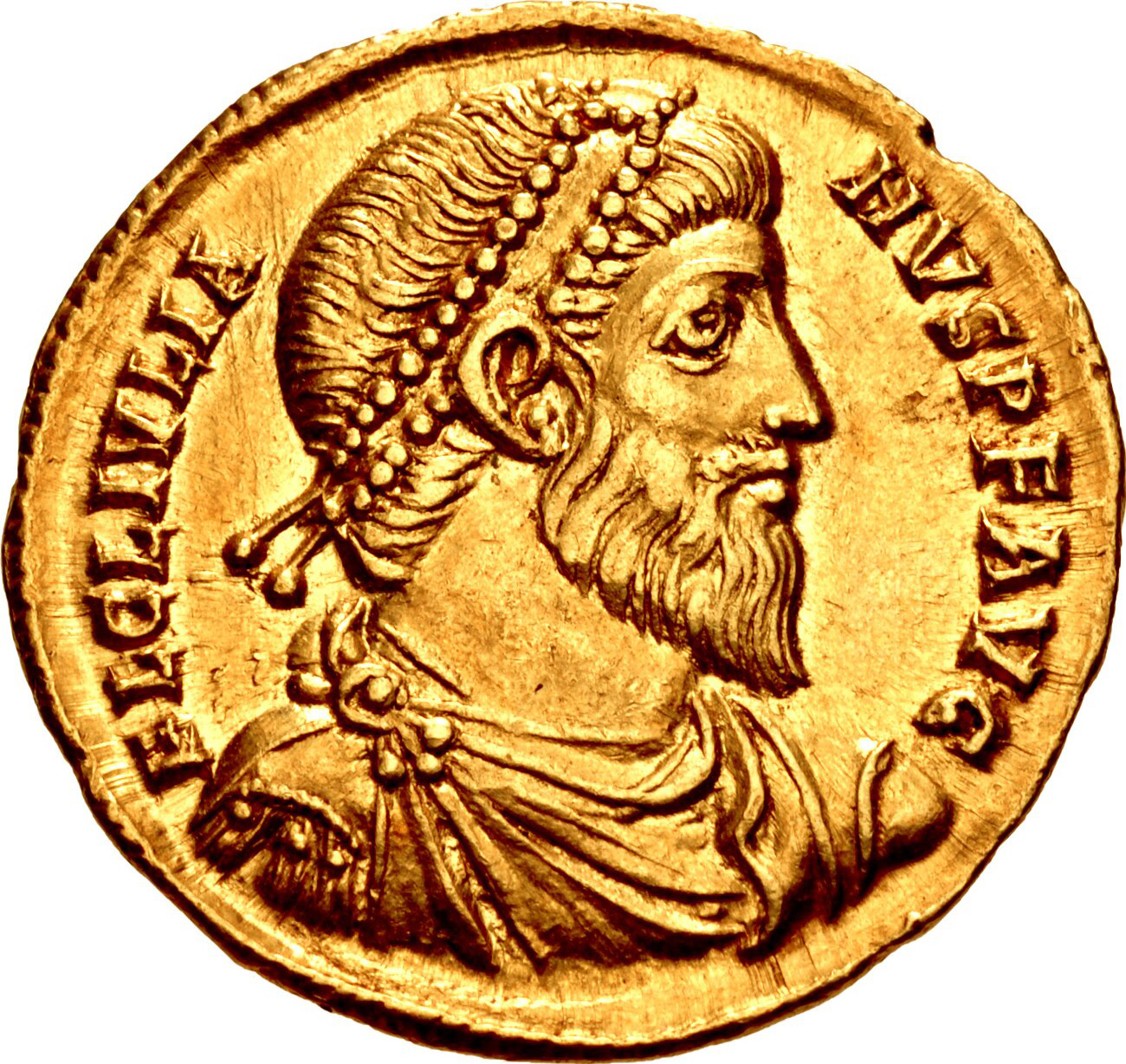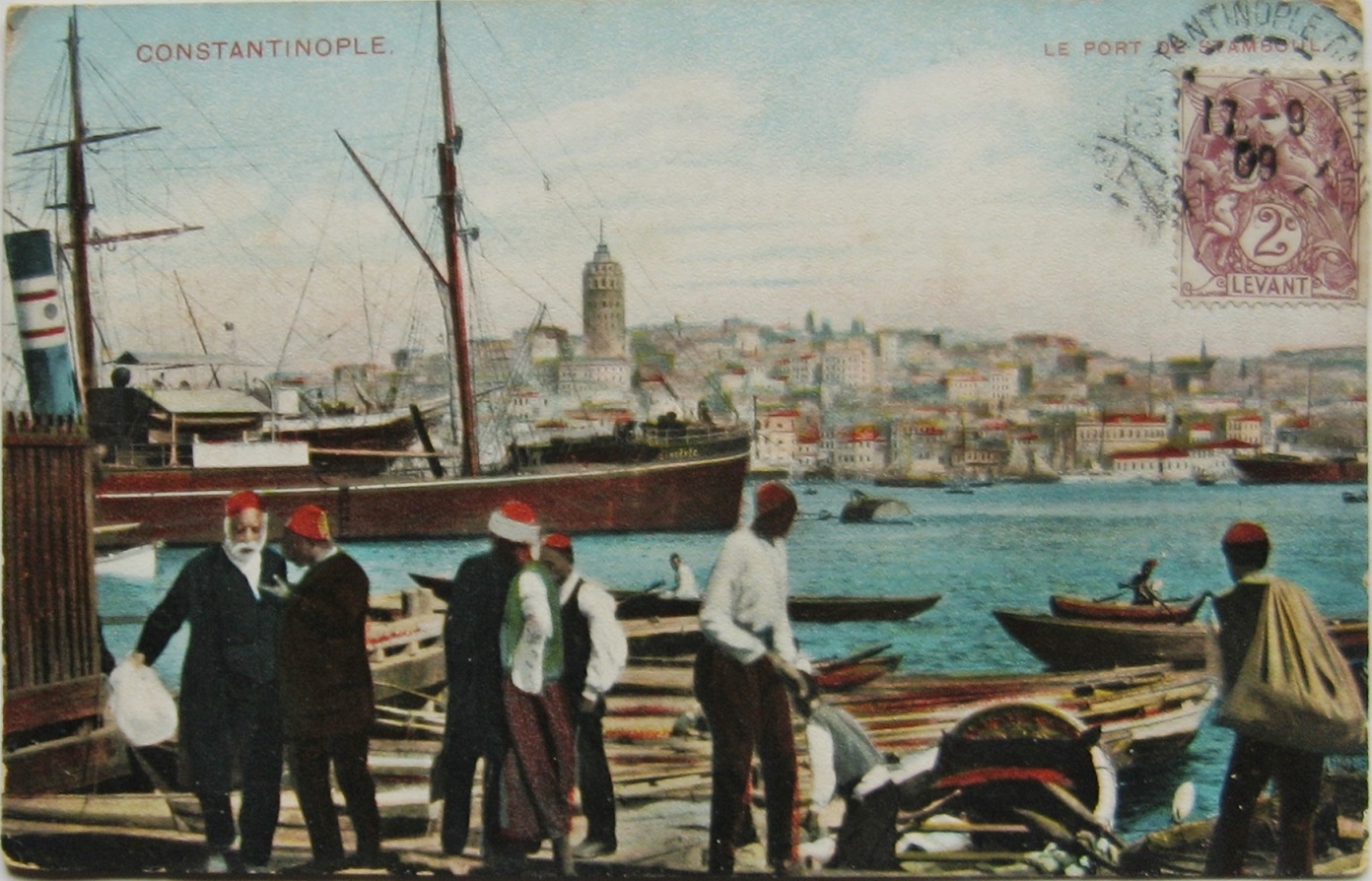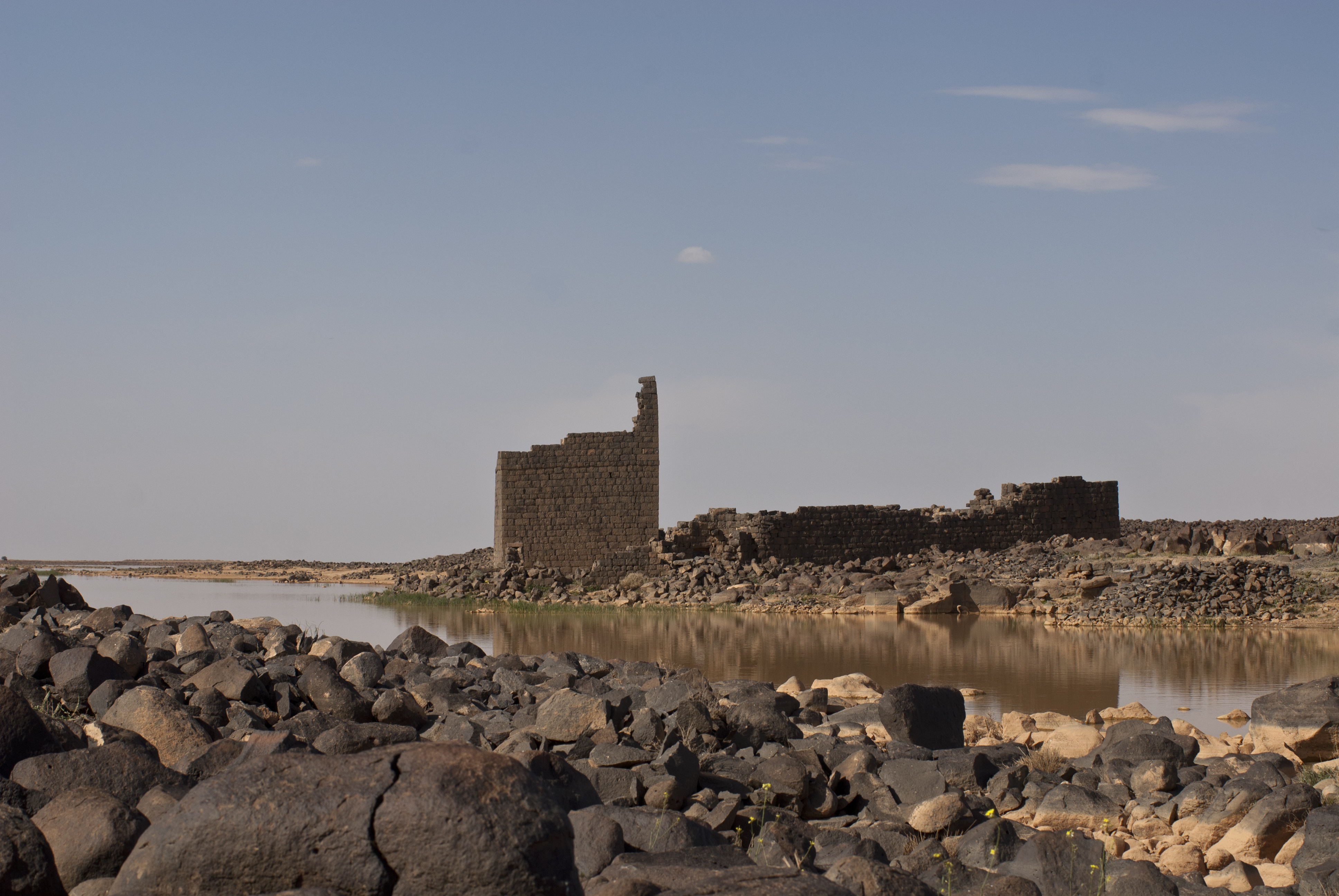|
Emirate Of Crete
The Emirate of Crete ( or , ; ) was an Arab Islamic state that existed on the Mediterranean island of Crete from the late 820s to Siege of Chandax, the reconquest of the island by the Byzantine Empire in 961. Although the emirate recognized the suzerainty of the Abbasid Caliphate and maintained close ties with Tulunid Egypt, it was ''de facto'' independent. A group of Arab al-Andalus, Andalusian exiles led by Abu Hafs Umar al-Iqritishi conquered Crete in either 824 or 827/828, and established an independent Islamic state. The Byzantines launched a campaign that took most of the island back in 842-43 under Theoktistos, but the reconquest was not completed and would soon be reversed. Later attempts by the Byzantine Empire to recover the island failed, and for the approximately 135 years of its existence, the emirate was one of the major foes of Byzantium. Crete commanded the sea lanes of the Eastern Mediterranean and functioned as a forward base and haven for Muslim corsair fleets ... [...More Info...] [...Related Items...] OR: [Wikipedia] [Google] [Baidu] |
Suzerainty
A suzerain (, from Old French "above" + "supreme, chief") is a person, state (polity)">state or polity who has supremacy and dominant influence over the foreign policy">polity.html" ;"title="state (polity)">state or polity">state (polity)">state or polity who has supremacy and dominant influence over the foreign policy and economic relations of another subordinate party or polity, but allows internal autonomy to that subordinate. Where the subordinate polity is called a vassal, vassal state or tributary state, the dominant party is called the suzerain. The rights and obligations of a vassal are called ''vassalage'', and the rights and obligations of a suzerain are called suzerainty. Suzerainty differs from sovereignty in that the dominant power does not exercise centralized governance over the vassals, allowing tributary states to be technically self-ruling but enjoy only limited independence. Although the situation has existed in a number of historical empires, it is con ... [...More Info...] [...Related Items...] OR: [Wikipedia] [Google] [Baidu] |
Al-Andalus
Al-Andalus () was the Muslim-ruled area of the Iberian Peninsula. The name refers to the different Muslim states that controlled these territories at various times between 711 and 1492. At its greatest geographical extent, it occupied most of the peninsula as well as Septimania under Umayyad rule. These boundaries changed through a series of conquests Western historiography has traditionally characterized as the ''Reconquista'',"Para los autores árabes medievales, el término Al-Andalus designa la totalidad de las zonas conquistadas – siquiera temporalmente – por tropas arabo-musulmanas en territorios actualmente pertenecientes a Portugal, España y Francia" ("For medieval Arab authors, Al-Andalus designated all the conquered areas – even temporarily – by Arab-Muslim troops in territories now belonging to Spain, Portugal and France"), García de Cortázar, José Ángel. ''V Semana de Estudios Medievales: Nájera, 1 al 5 de agosto de 1994'', Gobie ... [...More Info...] [...Related Items...] OR: [Wikipedia] [Google] [Baidu] |
Emirate Of Córdoba
An emirate is a territory ruled by an emir, a title used by monarchs or high officeholders in the Muslim world. From a historical point of view, an emirate is a political-religious unit smaller than a caliphate. It can be considered equivalent to a principality in non-Muslim contexts. Currently in the world, there are two emirates that are independent states (Kuwait and Qatar), one state ruled by an unrecognised emirate (Afghanistan), and a state that consists of a federation of seven emirates (the United Arab Emirates). A great number of previously independent emirates around the world are now part of larger states. Etymology Etymologically, emirate or amirate ( ' plural: ' is the quality, dignity, office, or territorial competence of any emir (prince, commander, governor, etc.). In English, the term is pronounced or in British English and or in American English. Types Monarchies The United Arab Emirates is a federal state that comprises seven federal emirates, each ad ... [...More Info...] [...Related Items...] OR: [Wikipedia] [Google] [Baidu] |
Al-Hakam I
Abu al-As al-Hakam ibn Hisham ibn Abd al-Rahman () was Umayyad Emir of Cordoba from 796 until 822 in Al-Andalus ( Moorish Iberia). Biography Al-Hakam was the second son of his father, his older brother having died at an early age. When he came to power, he was challenged by his uncles Sulayman and Abdallah, sons of his grandfather Abd ar-Rahman I. Abdallah took his two sons Ubayd Allah and Abd al-Malik to the court of Charlemagne in Aix-la-Chapelle to negotiate for aid. In the meantime Sulayman attacked Cordoba, but was defeated and driven back to Mérida where he was captured and executed. Abdallah was pardoned, but was forced to stay in Valencia. Al-Hakam spent much of his reign suppressing rebellions in Toledo, Saragossa and Mérida. The uprisings twice reached Cordoba. An attempt was made to dethrone Al-Hakam and replace him with his cousin, Mohammed ibn al-Kasim, but the plot was discovered. On 16 November 806, 72 nobles and their attendants (accounts talk of 5,000) were ... [...More Info...] [...Related Items...] OR: [Wikipedia] [Google] [Baidu] |
Revolt Of The Arrabal
The Arrabal Revolt took place in the suburb of Saqunda of the city of Córdoba, capital of the Emirate of Córdoba, in the spring of the year 818, coinciding with Ramadan, during the government of Emir al-Hakam I. The revolt aimed to expel the Umayyads from the city of Córdoba, but it failed and was harshly repressed by the emir. Background The city of Cordoba was converted by the Muslim conquistadors, who in 711 had put an end to the Visigothic Kingdom of Toledo, into the new capital of their state, which caused a great growth in its population that soon overflowed the walled enclosure of Roman Hispania. Thus, several suburbs grew, among which Saqunda stood out, located on the other side of the Guadalquivir River in front of the mosque of Cordoba and the fortress, and inhabited by artisans and merchants. "Secunda was a neighbourhood with diaphanous streets, which led to squares equipped with water wells and whose inhabitants used the pebbles dragged by the river to build th ... [...More Info...] [...Related Items...] OR: [Wikipedia] [Google] [Baidu] |
Al-Andalus
Al-Andalus () was the Muslim-ruled area of the Iberian Peninsula. The name refers to the different Muslim states that controlled these territories at various times between 711 and 1492. At its greatest geographical extent, it occupied most of the peninsula as well as Septimania under Umayyad rule. These boundaries changed through a series of conquests Western historiography has traditionally characterized as the ''Reconquista'',"Para los autores árabes medievales, el término Al-Andalus designa la totalidad de las zonas conquistadas – siquiera temporalmente – por tropas arabo-musulmanas en territorios actualmente pertenecientes a Portugal, España y Francia" ("For medieval Arab authors, Al-Andalus designated all the conquered areas – even temporarily – by Arab-Muslim troops in territories now belonging to Spain, Portugal and France"), García de Cortázar, José Ángel. ''V Semana de Estudios Medievales: Nájera, 1 al 5 de agosto de 1994'', Gobie ... [...More Info...] [...Related Items...] OR: [Wikipedia] [Google] [Baidu] |
Michael II
Michael II (, ; 770 – 2 October 829), called the Amorian (, ) and the Stammerer (, or , ), reigned as Byzantine emperor from 25 December 820 to his death on 2 October 829, the first ruler of the Amorian dynasty. Born in Amorium, Michael was a soldier, rising to high rank along with his colleague Leo V the Armenian (). He helped Leo overthrow and take the place of Emperor Michael I Rhangabe. However, after they fell out Leo sentenced Michael to death. Michael then masterminded a conspiracy which resulted in Leo's assassination at Christmas in 820. Immediately he faced the long revolt of Thomas the Slav, which almost cost him his throne and was not completely quelled until spring 824. The later years of his reign were marked by two major military disasters that had long-term effects: the beginning of the Muslim conquest of Sicily, and the loss of Crete to Andalusian Arab pirates. Domestically, he supported and strengthened the resumption of official iconoclasm, which had b ... [...More Info...] [...Related Items...] OR: [Wikipedia] [Google] [Baidu] |
Byzantine Emperor
The foundation of Constantinople in 330 AD marks the conventional start of the Eastern Roman Empire, which Fall of Constantinople, fell to the Ottoman Empire in 1453 AD. Only the emperors who were recognized as legitimate rulers and exercised sovereign authority are included, to the exclusion of junior co-emperors who never attained the status of sole or senior ruler, as well as of the List of Byzantine usurpers, various usurpers or rebels who claimed the imperial title. The following list starts with Constantine the Great, the first Christian emperor, who rebuilt the city of Byzantium as an imperial capital, Constantinople, and who was regarded by the later emperors as the model ruler. Modern historians distinguish this later phase of the Roman Empire as Byzantine due to the imperial seat moving from Rome to Byzantium, the Empire's integration of Christianity, and the predominance of Greek instead of Latin. The Byzantine Empire was the direct legal continuation of the eastern ... [...More Info...] [...Related Items...] OR: [Wikipedia] [Google] [Baidu] |
Levant
The Levant ( ) is the subregion that borders the Eastern Mediterranean, Eastern Mediterranean sea to the west, and forms the core of West Asia and the political term, Middle East, ''Middle East''. In its narrowest sense, which is in use today in archaeology and other cultural contexts, it is equivalent to Cyprus and a stretch of land bordering the Mediterranean Sea in Western AsiaGasiorowski, Mark (2016). ''The Government and Politics of the Middle East and North Africa''. p. 5: "... today the term ''Levantine'' can describe shared cultural products, such as Levantine cuisine or Levantine archaeology". .Steiner & Killebrew, p9: "The general limits ..., as defined here, begin at the Plain of 'Amuq in the north and extend south until the Wâdī al-Arish, along the northern coast of Sinai. ... The western coastline and the eastern deserts set the boundaries for the Levant ... The Euphrates and the area around Jebel el-Bishrī mark the eastern boundary of the northern Levant, as d ... [...More Info...] [...Related Items...] OR: [Wikipedia] [Google] [Baidu] |
Al-Walid I
Al-Walid ibn Abd al-Malik ibn Marwan (; – 23 February 715), commonly known as al-Walid I (), was the sixth Umayyad caliph, ruling from October 705 until his death in 715. He was the eldest son of his predecessor, Caliph Abd al-Malik (). As a prince, he led annual raids against the Byzantines from 695 to 698 and built or restored fortifications along the Syrian Desert route to Mecca. He became heir apparent in , after the death of the designated successor, Abd al-Malik's brother Abd al-Aziz ibn Marwan. Under al-Walid, his father's efforts to centralize government, impose a more Arabic and Islamic character on the state, and expand its borders were continued. He heavily depended on al-Hajjaj ibn Yusuf, his father's powerful viceroy over the eastern half of the caliphate. During his reign, armies commissioned by al-Hajjaj conquered Sind and Transoxiana in the east, while the troops of Musa ibn Nusayr, the governor of Ifriqiya, conquered the Maghreb and Hispania in the w ... [...More Info...] [...Related Items...] OR: [Wikipedia] [Google] [Baidu] |
Umayyad
The Umayyad Caliphate or Umayyad Empire (, ; ) was the second caliphate established after the death of the Islamic prophet Muhammad and was ruled by the Umayyad dynasty. Uthman ibn Affan, the third of the Rashidun caliphs, was also a member of the clan. The family established dynastic, hereditary rule with Mu'awiya I, the long-time governor of Greater Syria, who became caliph after the end of the First Fitna in 661. After Mu'awiya's death in 680, conflicts over the succession resulted in the Second Fitna, and power eventually fell to Marwan I, from another branch of the clan. Syria remained the Umayyads' main power base thereafter, with Damascus as their capital. The Umayyads continued the Muslim conquests, conquering Ifriqiya, Transoxiana, Sind, the Maghreb and Hispania ( al-Andalus). At its greatest extent (661–750), the Umayyad Caliphate covered , making it one of the largest empires in history in terms of area. The dynasty was toppled by the Abbasids in 750. S ... [...More Info...] [...Related Items...] OR: [Wikipedia] [Google] [Baidu] |
Early Muslim Conquests
The early Muslim conquests or early Islamic conquests (), also known as the Arab conquests, were initiated in the 7th century by Muhammad, the founder of Islam. He established the first Islamic state in Medina, Arabian Peninsula, Arabia that expanded rapidly under the Rashidun Caliphate and the Umayyad Caliphate, culminating in Muslim rule being established on three continents (Asia, Africa, and Europe) over the next century. According to historian James Buchan: "In speed and extent, the first Arab conquests were matched only by those of Alexander the Great, and they were more lasting." At their height, the territory that was conquered by the Arab Muslims stretched from Iberian Peninsula, Iberia (at the Pyrenees) in the west to Indian subcontinent, India (at Sind (caliphal province), Sind) in the east; Muslim control spanned Sicily, most of the Middle East and North Africa, and the Caucasus and Central Asia. Among other drastic changes, the early Muslim conquests brought about ... [...More Info...] [...Related Items...] OR: [Wikipedia] [Google] [Baidu] |





